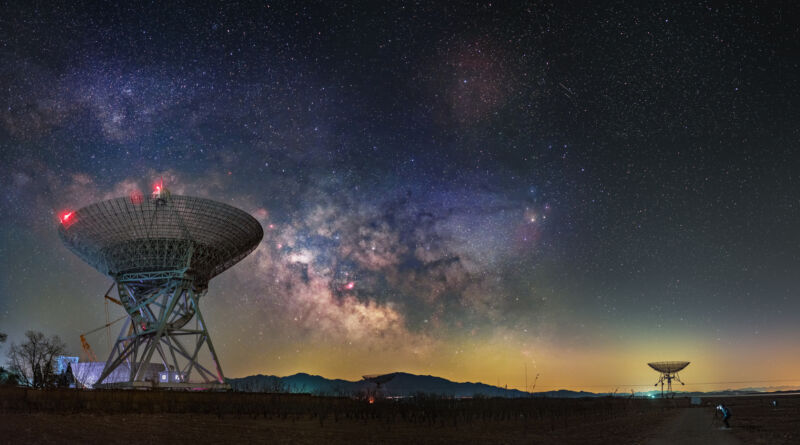A solar-powered rocket might be our ticket to interstellar space
Ars Technica » Scientific Method 2020-11-21

Enlarge (credit: Haitong Yu | Getty Images)
If Jason Benkoski is right, the path to interstellar space begins in a shipping container tucked behind a laboratory high bay in Maryland. The set up looks like something out of a low-budget sci-fi film: One wall of the container is lined with thousands of LEDs, an inscrutable metal trellis runs down the center, and a thick black curtain partially obscures the apparatus. This is the Johns Hopkins University Applied Physics Laboratory solar simulator, a tool that can shine with the intensity of 20 suns. On Thursday afternoon, Benkoski mounted a small black and white tile onto the trellis and pulled a dark curtain around the set-up before stepping out of the shipping container. Then he hit the light switch.
Once the solar simulator was blistering hot, Benkoski started pumping liquid helium through a small embedded tube that snaked across the slab. The helium absorbed heat from the LEDs as it wound through the channel and expanded until it was finally released through a small nozzle. It might not sound like much, but Benkoski and his team just demonstrated solar thermal propulsion, a previously theoretical type of rocket engine that is powered by the sun’s heat. They think it could be the key to interstellar exploration.